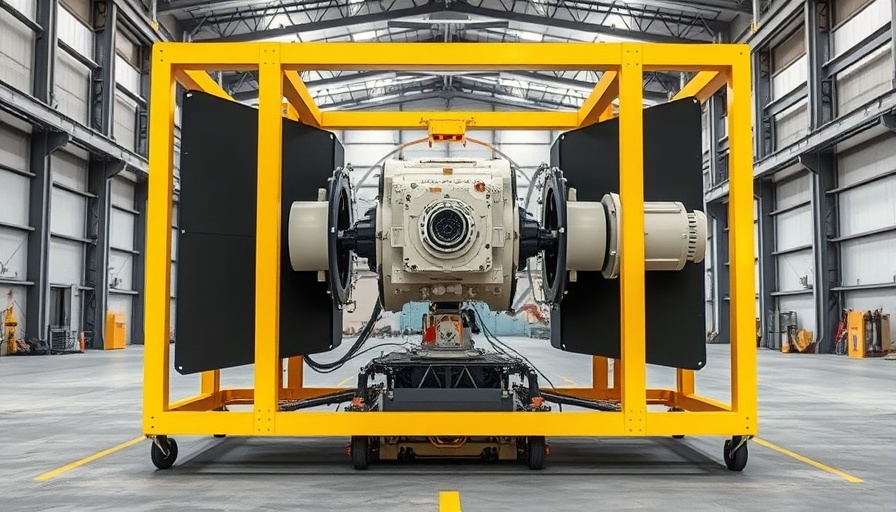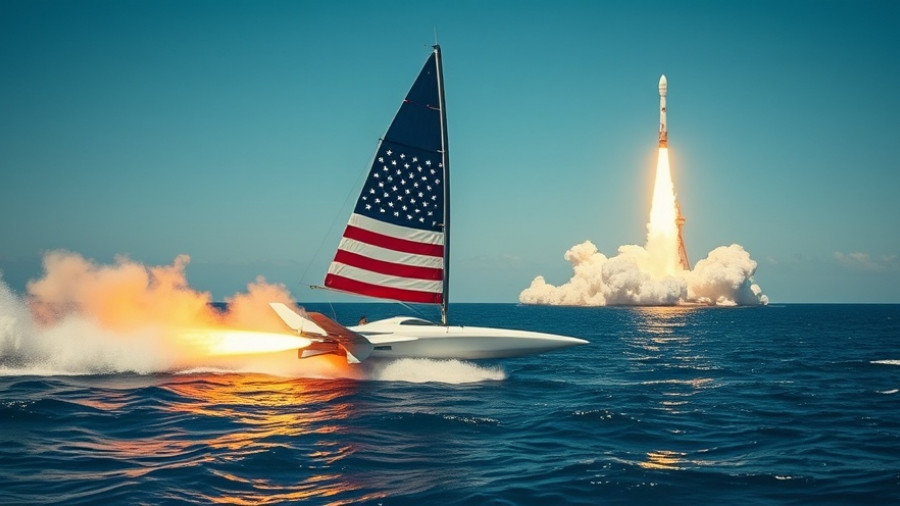
The Dawn of Advanced Naval Defense: Germany's Strategic Choices
Germany has set a new standard in naval defense with its recent selection of Raytheon's SPY-6(V)1 radar for its F127 frigates. This decision highlights Germany's commitment to enhancing its maritime capabilities and showcases the radar's advanced technology as a game-changer. With the installation of this state-of-the-art system, the German Navy is poised to achieve 360-degree situational awareness, a necessity for modern naval operations.
What Makes SPY-6(V)1 a Game-Changer?
The SPY-6(V)1 is not just another piece of military hardware—it's part of a sophisticated radar family designed for multi-mission operations. Featuring four array faces, each equipped with 37 radar modular assemblies, this radar offers continuous situational awareness for the fleet. Such technology will enable the German Navy to make faster, more informed decisions while at sea, a crucial advantage in times of conflict.
Germany Joins an Elite Club
With this deal, Germany becomes the first international customer for the SPY-6 radar program, underscoring the global confidence in this advanced technology. As highlighted by Barbara Borgonovi, the president of Naval Power at Raytheon, the SPY-6 radar’s capability reaffirms NATO's commitment to thorough defense and deterrence strategies. Countries like the United States have long recognized the importance of such technology, and now Germany is joining that strategic fold.
Historical Context: A Shift in Naval Defense Strategy
This selection represents a larger shift in how countries perceive national defense. As global threats evolve, so too must the techniques and technologies used to counter them. The SPY-6(V)1 radar embodies decades of defense innovation, ensuring that outdated strategies will become a relic of the past. In doing so, Germany positions itself as a leader in adopting modern naval defense technologies.
Future Predictions for Naval Defense
As the geopolitical climate continues to change, the importance of advanced radar systems like the SPY-6(V)1 cannot be overstated. Future naval conflicts will increasingly rely on sophisticated technology for situational analysis and defense capabilities. The integration of such systems may lead to collaborative international security gigs, where allied nations, sharing technology, can create a formidable defense network.
Taking Charge of National Security
This move by Germany signals not just a technological upgrade, but also a broader recognition of the stakes involved in national defense. As countries forge alliances based on shared technologies, the ability to decisively improve one's military capabilities becomes essential for peace and stability. German citizens can take pride in their nation’s security measures, knowing that they are investing in cutting-edge military technology.
As this situation unfolds, it’s essential for citizens, policymakers, and defense analysts alike to stay informed about such developments. The SPY-6(V)1 not only represents a leap in naval capability but embodies the commitment countries are making toward their defense strategies in an evolving threat landscape.
 Add Row
Add Row  Add
Add 




Write A Comment